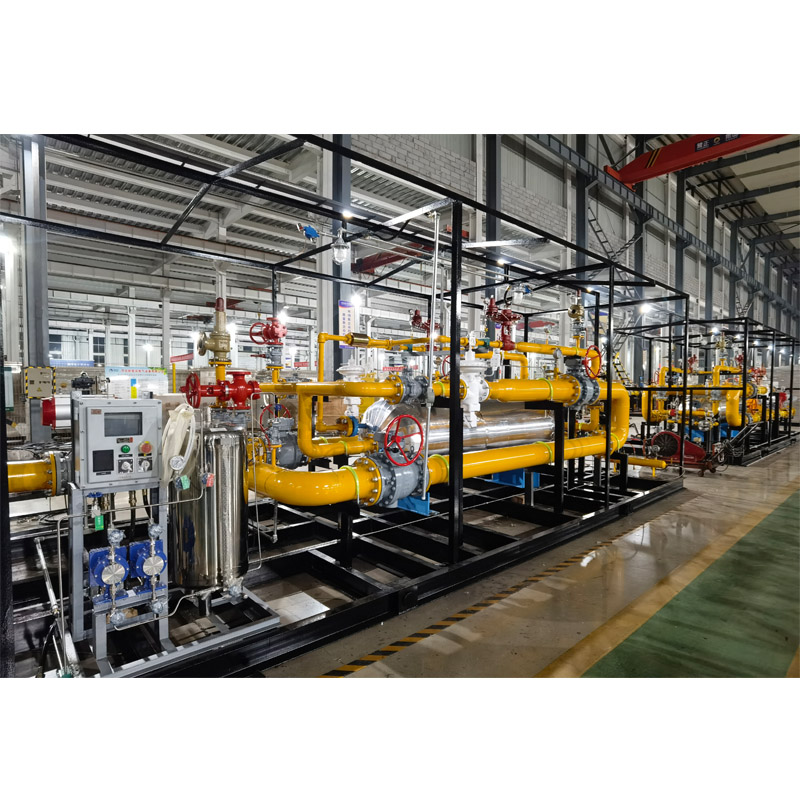
Aug . 15, 2024 01:00
Back to list
Understanding Pressure Regulating Valves and Their Applications in Fluid Control Systems
Understanding Pressure Regulating Valves
Pressure regulating valves (PRVs) play a crucial role in the management and control of fluid systems across various industries. These essential components prevent a system from exceeding predetermined pressures, thus ensuring safety, efficiency, and reliability. This article will explore the workings, applications, and benefits of pressure regulating valves.
What is a Pressure Regulating Valve?
A pressure regulating valve is a device designed to maintain downstream pressure within a specified range, irrespective of fluctuations in upstream pressure. This is achieved through a mechanism that adjusts the flow of fluid based on the pressure detected downstream. As the pressure increases beyond a set point, the valve modulates itself to restrict flow, effectively reducing pressure. Conversely, if the pressure falls below the set point, the valve allows more fluid to pass through, thereby increasing pressure.
How Does it Work?
.
Applications of Pressure Regulating Valves
صمام تنظيم الضغط

Pressure regulating valves find extensive applications in various fields. In residential and commercial plumbing, PRVs are used to maintain consistent water pressure, protecting plumbing fixtures and appliances from damage due to excessive pressure. In industrial settings, these valves are crucial in processes involving steam, gas, and hydraulic systems, ensuring that equipment operates safely and efficiently.
In the agricultural sector, PRVs regulate the pressure in irrigation systems, ensuring optimal water distribution and minimizing waste. In the energy sector, particularly in natural gas pipelines, pressure regulating valves help maintain safe operating conditions, preventing outages and accidents that could arise from pressure imbalances.
Benefits of Using Pressure Regulating Valves
The benefits of integrating pressure regulating valves into a fluid system are manifold. Firstly, PRVs enhance safety by preventing overpressure situations that can lead to equipment failure or hazardous conditions. Secondly, they contribute to energy efficiency, as a regulated pressure often translates to lower energy consumption. By ensuring that pumps and compressors operate within optimal pressure ranges, PRVs extend the lifespan of these components, resulting in decreased maintenance costs and improved overall performance.
Moreover, PRVs protect the integrity of the entire system. For example, in hydraulic systems, maintaining the correct pressure is vital for the smooth operation of hydraulic actuators. Any pressure inconsistency can lead to malfunctions and system failures. The implementation of PRVs ensures the reliability and performance of such systems.
Conclusion
In conclusion, pressure regulating valves are indispensable components in fluid control systems. Their ability to maintain stable pressure levels ensures the efficiency, safety, and longevity of various industrial and domestic applications. As technology evolves and the demand for energy-efficient solutions increases, the role of pressure regulating valves will undoubtedly continue to grow. Implementing reliable and effective PRVs can lead to significant improvements in system performance and operational safety, making them an essential investment for any enterprise dealing with pressurized systems.
Latest news
-
Safety Valve Spring-Loaded Design Overpressure ProtectionNewsJul.25,2025
-
Precision Voltage Regulator AC5 Accuracy Grade PerformanceNewsJul.25,2025
-
Natural Gas Pressure Regulating Skid Industrial Pipeline ApplicationsNewsJul.25,2025
-
Natural Gas Filter Stainless Steel Mesh Element DesignNewsJul.25,2025
-
Gas Pressure Regulator Valve Direct-Acting Spring-Loaded DesignNewsJul.25,2025
-
Decompression Equipment Multi-Stage Heat Exchange System DesignNewsJul.25,2025

